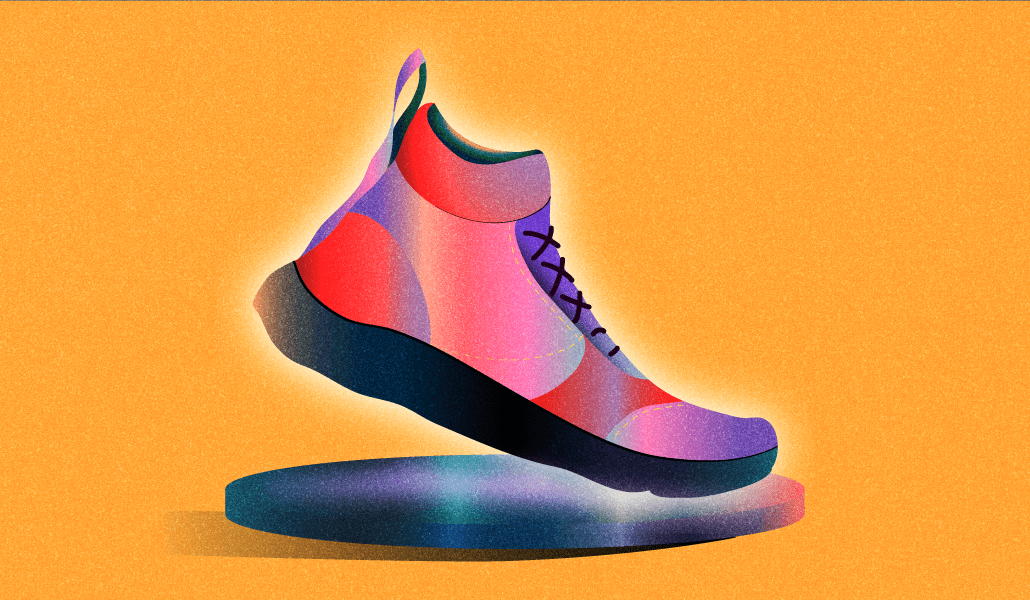What’s driving the M&A activity in athletic retail

Some of the biggest purveyors of athletic apparel and sporting goods are on a consolidation spree.
Last week, JD Sports Fashion announced its plans to acquire Hibbett Sports for about $1.08 billion. Global sporting goods retailer Decathlon said in January that it completed its acquisition of outdoor and mountain sports equipment retailer Bergfreunde. New Jersey-based soccer sporting goods retailer Soccer Post acquired another specialty retailer Soccer Pro for an undisclosed amount last month.
Athletic retailers have historically performed well amid a downbeat retail environment. However, sales have slowed over the past few quarters partly due to shoppers’ cautious spending habits. For many retailers making these deals, a big part of their plan is to use these acquisitions to expand their presence in specific markets.
Matt Powell, founder of the consultancy Spurwink River, told Modern Retail that athletic retailers have had trouble continuing the growth they experienced during the pandemic when people had more disposable income.
In turn, some of the most critical brands sold in these athletic wholesale stores have predicted weaker sales for the category this year. Adidas reported its first fiscal year loss in over 30 years last month. Nike, which often serves as a barometer for the overall health of the industry, posted its first digital sales decline in nine years during its most recent earnings. Nike also warned investors that its revenue would decline in the first half of the fiscal year as it cuts back on key products to minimize costs.
“People say when Nike gets a cold everybody else gets pneumonia,” Powell said. “The industry has been in some malaise for about 18 months now.”
Despite the current challenges in the current environment, the timing is ripe for retailers to expand through acquisitions due to the large amount of cash they have on hand from the growth the category experienced during the early years of the pandemic, said Brad Jashinsky, director analyst at Gartner covering retail. In the fiscal year 2020, JD Sports reported a record profit of about 439 million pounds (roughly $547 million based on recent exchange rates). However, JD Sports last month warned that its sales would be much softer in the first half of the year due to newer competitors.
There appears to be a strong desire for many of these retailers to expand their revenue in specific markets.
Based on its recent acquisitions, JD Sports seems keen on expanding its business in the United States. JD Sports is a U.K.-based athletic-wear retailer with over 900 stores globally offering sports apparel, shoes and athleisure products. Hibbett is based in Birmingham, Alabama and has 1,169 Hibbett, City Gear and Sports Additions locations across 36 states. Apart from Hibbett, JD Sports also acquired Baltimore-based athletic retailer DTLR Villa in February for $495 million in total cash consideration. North America generated 31% of JD Sport’s revenue last year.
“Building on our strong existing position and attractive long-term market dynamics, we see significant growth opportunities ahead by expanding JD internationally, notably in North America and Europe,” JD Sports CEO Régis Schultz told investors and analysts last year. “We will also be enhancing our omnichannel retail offering, investing in technology and analytics, and leveraging our long-term strategic brand partnerships to better serve more customers.”
Much like JD Sports, other athletic retailers are also looking to expand their reach and tap new audiences. Decathlon, which is a multinational sports and outdoor equipment company that has over 1,700 stores in over 600 countries, said in its announcement that its acquisition of Bergfreunde allows the company to expand “its presence in several major European markets.” While Bergfreunde is in the same category as Decathlon, it offers more premium products — a customer base that Decathlon said it wants to tap into.
Soccer Post — which sells branded cleats, apparel and equipment for soccer — aims to leverage its deal with direct competitor Soccer Pro to reach shoppers on the West Coast. Although Soccer Post already has stores across the country, its acquisition with fellow specialty sports retailer Soccer Pro gives it access to 47 more stores, and would particularly be beneficial for Soccer Post to gain access to the soccer communities in Northern California.
“If you’re looking to expand to a market it’s very, very difficult to do that without an M&A deal,” Jashinsky said. “If your strategy is to grow fast into a different market, then an M&A is really the only way to do that.”
However, expansion through acquisitions can be challenging. Spurwink River’s Powell said retailers could take on debt in order to make these strategic deal and high interest rates are causing debt to be more expensive at the moment.
Additionally, these consolidations could also make it harder for smaller regional retailers in the category to compete. “We might see the marketplace change in [terms of] the dynamic between smaller and larger retailers,” Powell said. “This is a time when I think we’re going to see smaller retailers get either bought up or shut down.”

